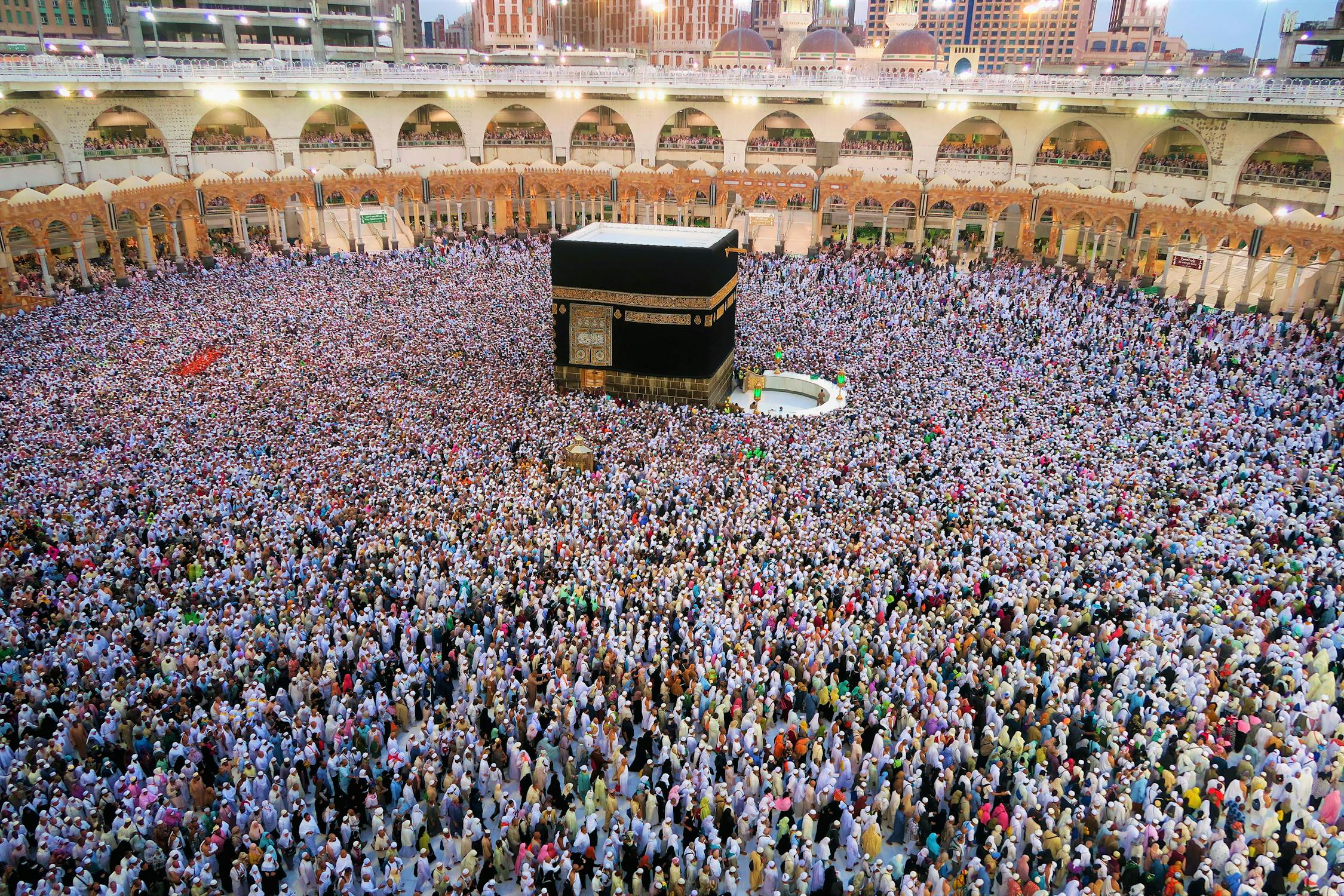
Killer heat hits Mecca: how to cope with high temperatures
Nearly 1,000 pilgrims have died in Saudi Arabia due to extreme temperatures. Once again, high temperatures are having a dramatic impact on human health
Mecca: The carnage of high temperatures
During the annual Hajj pilgrimage to Mecca, a tragic heat wave hit Saudi Arabia killing nearly 1,000 people. The extreme temperatures, which exceeded 50 degrees, had a devastating impact on the health of worshippers, causing dehydration, hyperthermia and even heat stroke. Factors that contributed to the tragedy include the immense crowds and the lack of adequate heat protection measures. In fact, despite warnings issued by Saudi authorities and the installation of water dispensers and refreshment stations, the measures proved insufficient to cope with the record temperatures.
Extreme temperatures and consequences on the body
Extreme temperatures, such as those that hit Mecca, can cause serious health problems, including:
- Hyperthermia: excessive rise in body temperature that can lead to confusion, delirium, convulsions and even death
- Dehydration: loss of body fluids can cause fatigue, dizziness, headaches and in severe cases shock and kidney failure
- Exacerbation of chronic diseases: worsening the condition of people already suffering from heart, respiratory or other chronic diseases
- Increased risk of injury: causing fatigue and decreased concentration, increasing the risk of accidents and falls
The role of the rescue worker in extreme temperatures
In public health hazard cases such as this, the role of the rescue worker is critical. These are responsible for providing immediate medical care, assessing the condition of patients, administering life-saving treatment such as intravenous fluids and oxygen, and arranging transport to the hospital for the most serious cases. Coordinating rescue operations, collaborating with local authorities and other emergency agencies, educating and informing the public on how to recognize signs of dehydration and hyperthermia, and finally psychologically supporting those affected. The relief worker, with, his or her cold-bloodedness and dedication, is a key reference point in emergency situations such as this. Their tireless work saves lives and helps mitigate the consequences of extreme weather events that are becoming more frequent due to climate change.
Sources and Images
- https://www.secoloditalia.it/2024/06/strage-di-pellegrini-alla-mecca-le-temperature-superano-i-50-gradi-almeno-900-le-vittime-del-caldo-killer/
- https://cri.it/ondatecalore/
- https://www.salute.gov.it/imgs/C_17_opuscoliPoster_344_allegato.pdf
- https://www.vegaformazione.it/glossario/addetto-primo-soccorso-g4.html#:~:text=Il%20compito%20principale%20degli%20Addetti,gravit%C3%A0%20o%20meno%20dell’infortunio.
- Photo by Konevi: https://www.pexels.com/photo/photo-of-people-gathered-at-kaaba-mecca-saudi-arabia-4346403/


